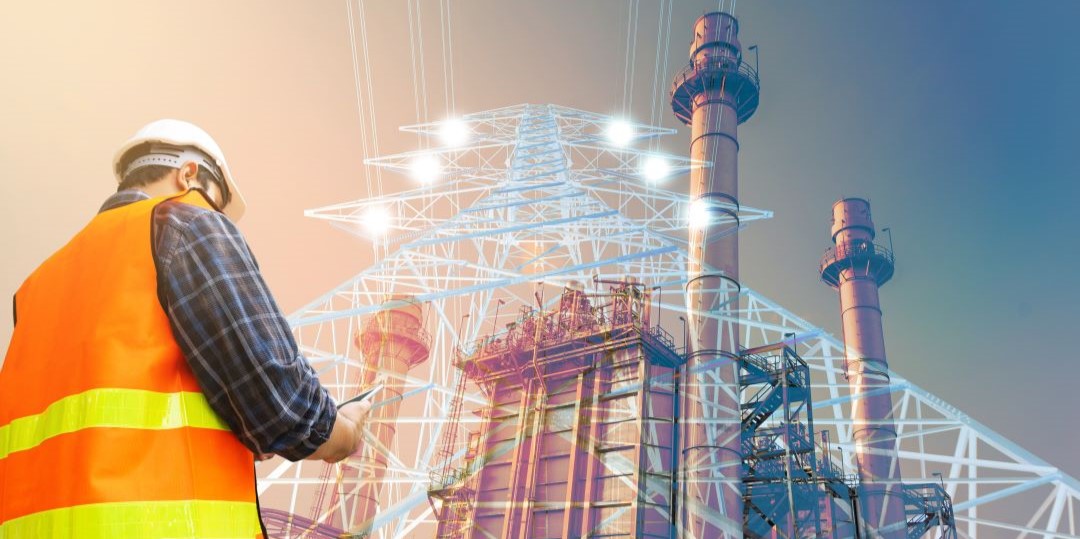How to Check Your High-Voltage Primary Contacts: A Best Practice
by Dave Righthouse – Senior Project Manager, Engineering Services
Recently, a NAES-operated plant experienced a flashover in a generator breaker cubicle. It was attributed to an accumulation of ionized air while the generator breaker was closed. Electrical arcing ionizes ambient air, making it more conductive and reducing the insulating capabilities of conductors in its proximity.
If the quantity of ionized air and the available voltage carried by the conductor are great enough, the resistance between the conductor and the ground – the cubicle walls, for example – diminish enough to produce a flashover.
In preparation for a root cause analysis (RCA) investigation, staff technicians gathered evidence and wrote the following commentary:
· The generator breaker was competently serviced 16 months ago; primary contacts (stabs/fingers) reportedly were in good condition.
· At least one of the six primary contacts had recently failed to make proper contact; the finger butted against the stab rather than penetrating it.
· The breaker carried generator load but would heat and subsequently arc.
· Heating aggravated the poor contact, melting the stab.
· The melting stab ionized the ambient air, caused more arcing and resulted in flashover.
· The flashover caused significant damage and personnel hazard.
Technicians replaced the generator breaker as well as the melted stab and finger assemblies. The RCA investigation revealed several causes of the incident. Based on these, the team developed a best practice for visually checking the penetration of the primary contact stabs.
Using machinist’s blue dye or an equivalent, they temporarily coated the primary contact stabs. Upon withdrawing the stabs, they checked the coating to determine the depth of penetration as well as the alignment of the fingers and stabs.
NOTE: This must be performed with the buses fully isolated and grounded to avoid any possibility of electrocution. Once you’ve completed the inspection, be sure to clean off the dye to prevent any other issues.
